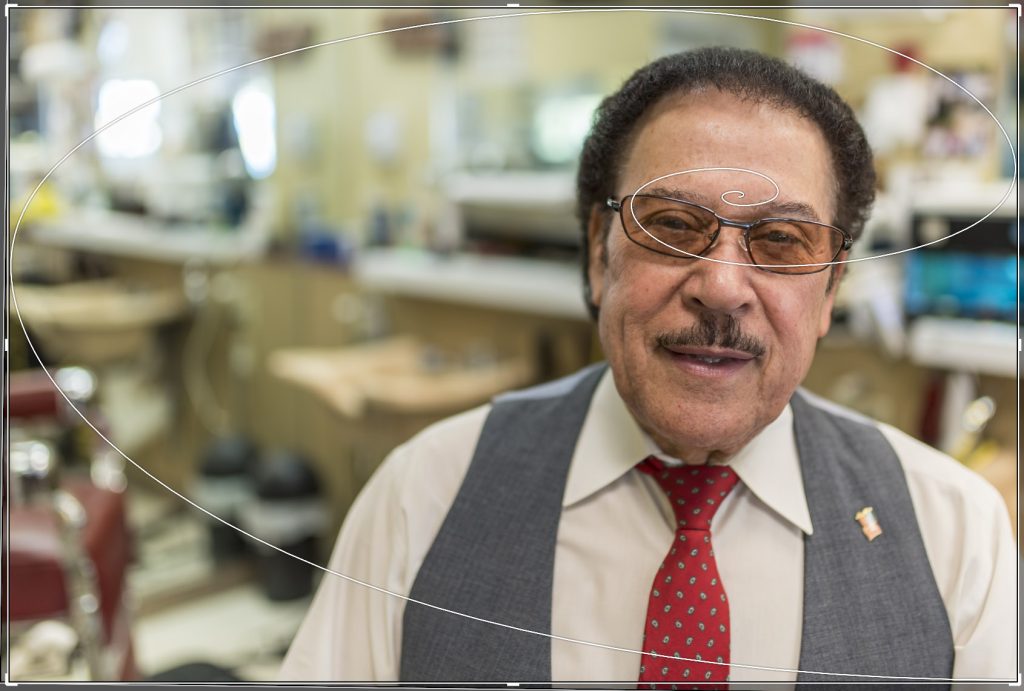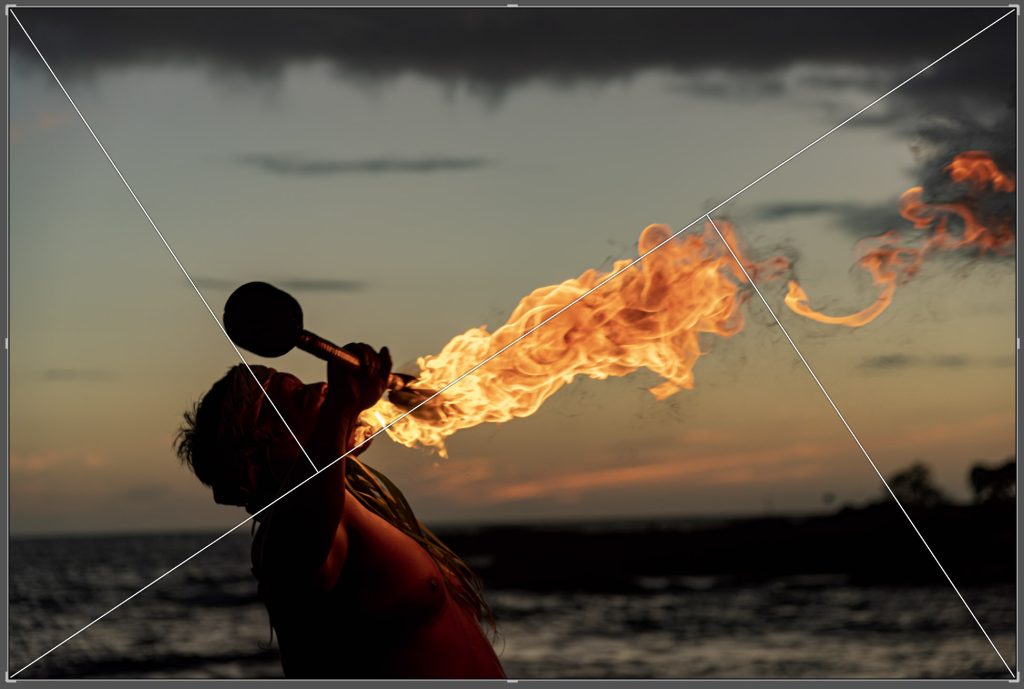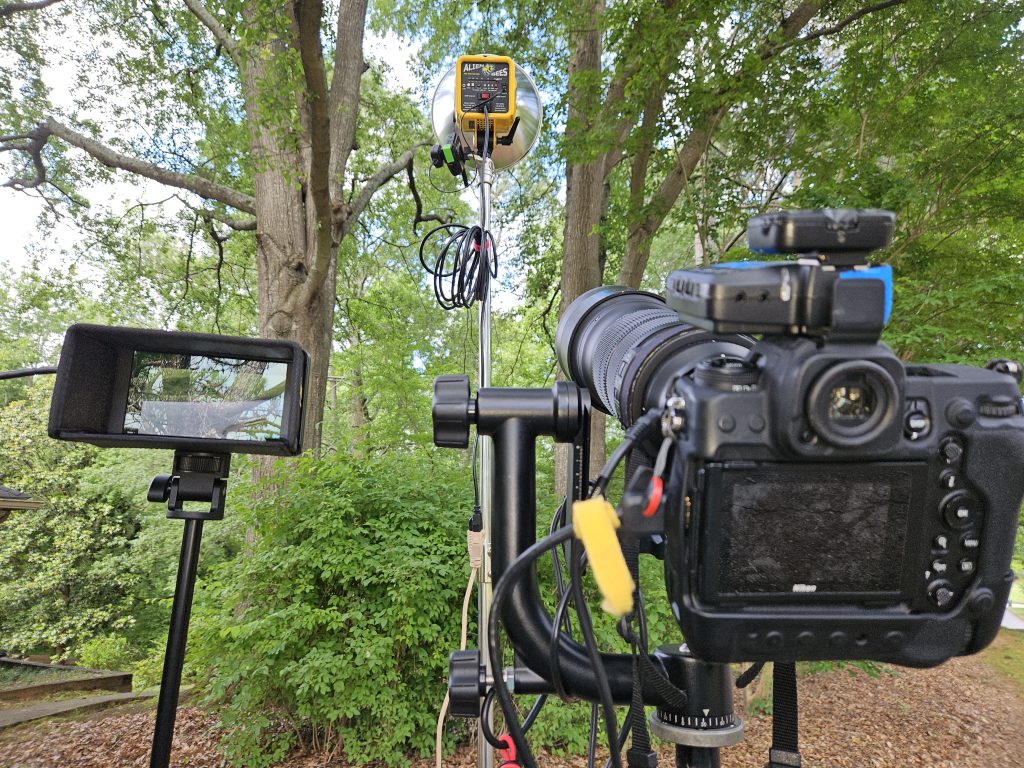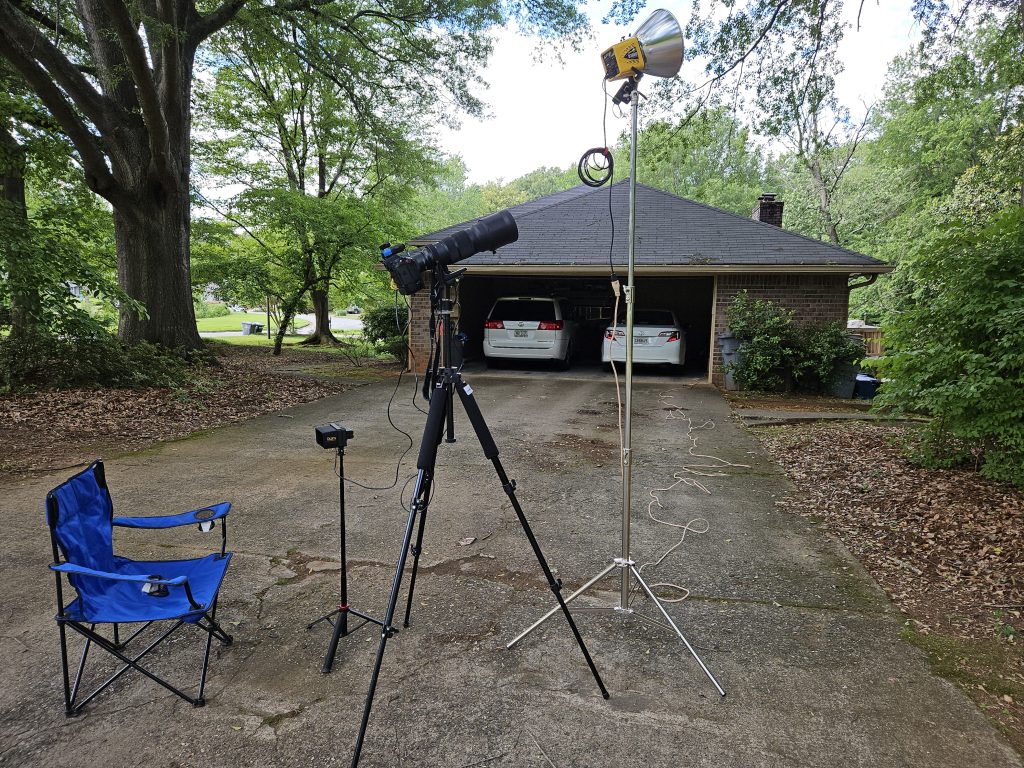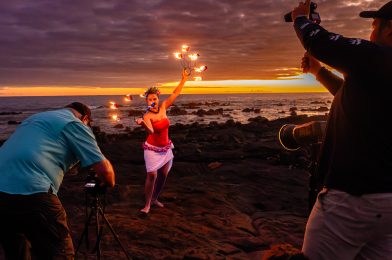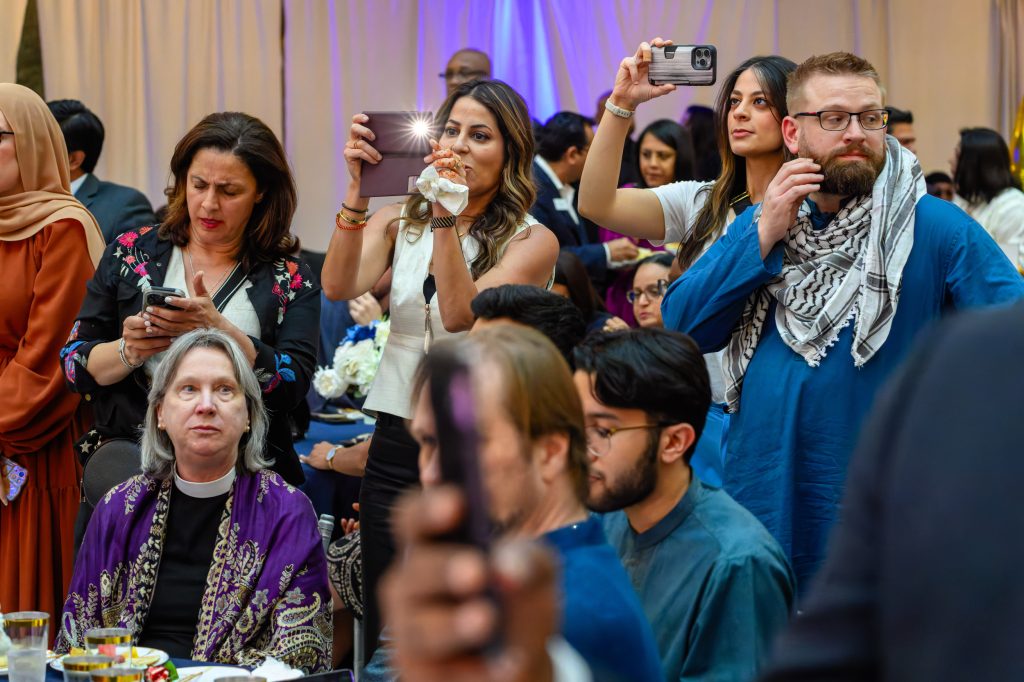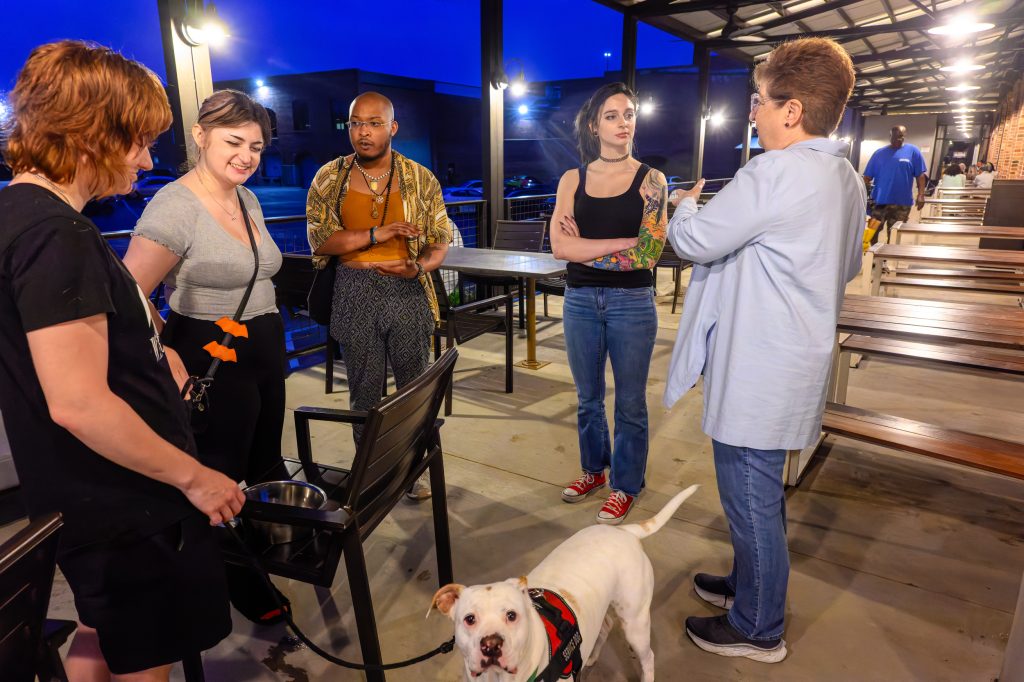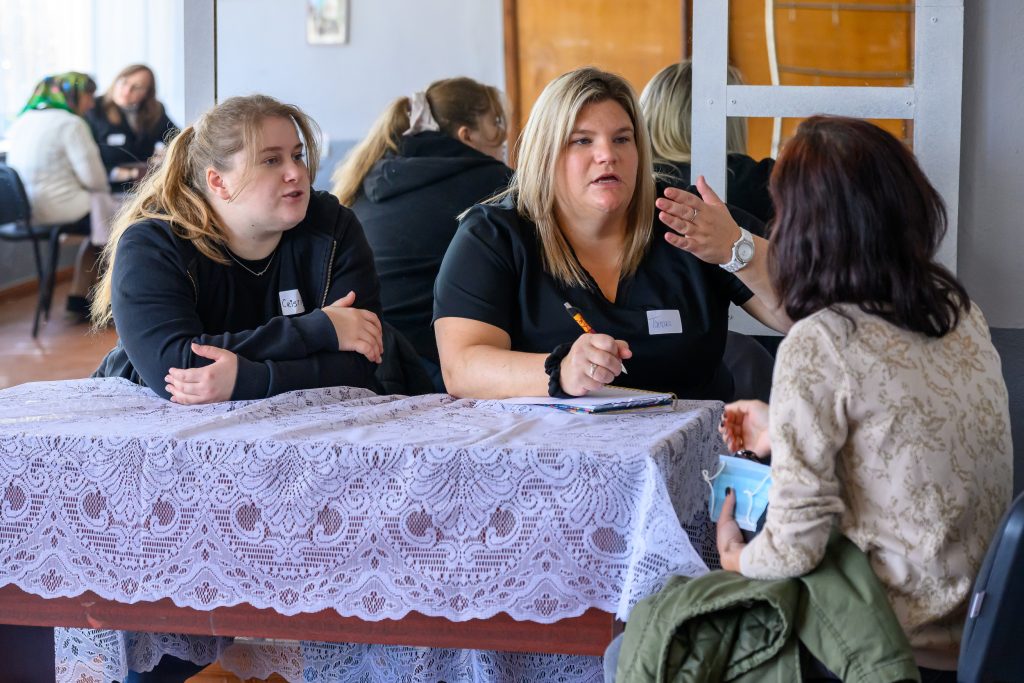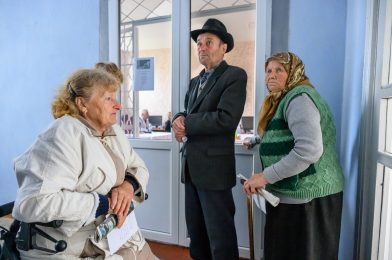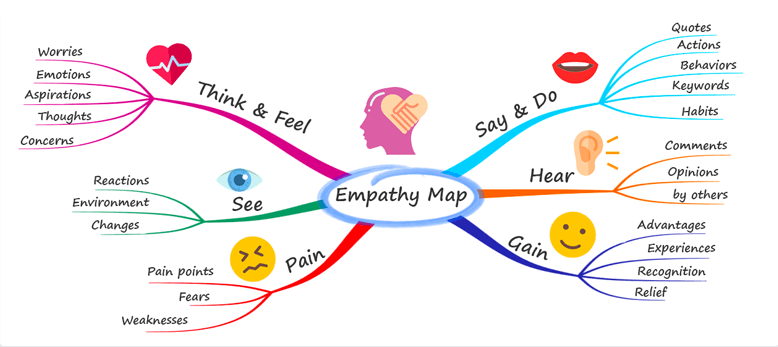Since the onset of COVID-19, many of us have spent more time at home, discovering new hobbies and appreciating the nature surrounding us for me, this period of increased home time turned into a unique opportunity to connect with and document the lives of the red-shouldered hawks that nest in our backyard.

A New Beginning
It all started during the early days of the pandemic when I noticed a pair of red-shouldered hawks beginning their courtship in late January. With a newfound abundance of time, I embarked on a personal photo project, capturing their journey from mating to independence. Little did I know this project would become a profound and rewarding experience.
Heartbreak and Hope
Last year, the hawks’ nesting attempt ended, but the nest didn’t go well. All their eggs were lost, a reminder of the fragile balance of nature. I was determined to follow their story more closely this year, hoping for a different outcome. Equipped with my camera, I started documenting their progress, visiting the next day after day, eager to fill in the story’s gaps that I had missed the previous year.
The Stages of Growth

Mating (January – March)
In late winter, the hawks began their courtship. Their aerial displays and vocalizations signaled the beginning of a new cycle. This initial stage, filled with excitement and hope, was a perfect start to my photo series.

Nesting (February – April)
By February, the pair had chosen their nest site high in a sturdy tree. They diligently constructed their nest, a labor of love and precision. Capturing these moments highlighted their dedication and teamwork.
Egg Laying (March – April)
In early spring, the female laid her eggs. Over several days, 2-5 eggs appeared in the nest, each promising new life. I documented the serene beauty of the eggs nestled safely in their home.
Incubation (March-May)
Incubation required patience and vigilance. Both parents took turns warming the eggs, a task primarily shouldered by the female. I captured intimate moments of this nurturing phase.

Hatching (April – May)
Late April brought the long-awaited hatching of the chicks. They emerged, fragile and downy, eyes still closed to the world. Witnessing and photographing this tender stage was incredibly moving.

Brooding and Feeding (April – June)
The female brooded the chicks for the first few weeks while the male provided food. As the chicks grew, both parents hunted tirelessly to feed their hungry young. This period was a flurry of activity, a testament to the parents’ unwavering care.
Groparents’Development (May – June)
The chicks grew rapidly in May. Their eyes opened, and they began to develop juvenile feathers. I captured their clumsy movements and curious explorations, each day revealing new milestones.

Fledging (June – July)
By late June, the chicks were ready to leave the nest. Their tentative flapping and short flights were a thrilling sight. Photographing their fledging was both exhilarating and bittersweet.

Post-Fledging Dependency (July – September)
The young hawks stayed close even after leaving the nest, learning to hunt under their parents’ watchful eyes. I documented their growth into skilled flyers and hunters, and their confidence soared.

Independence (September – October)
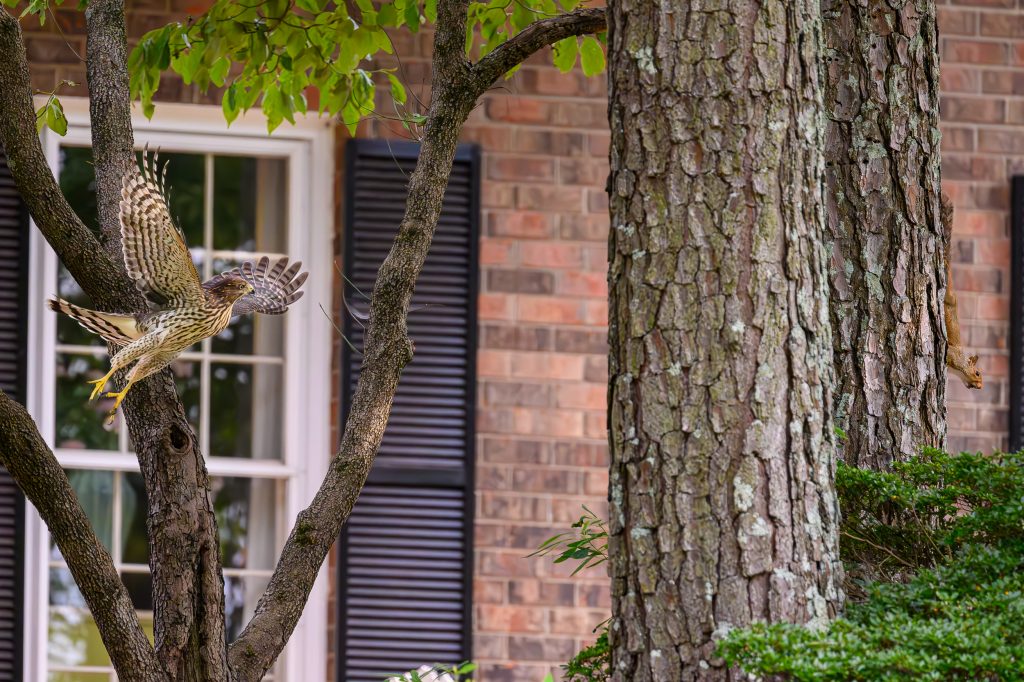
Finally, by late summer, the young hawks became independent. They dispersed to find their territories, marking the end of this year’s chapter. Capturing the year’s journey to independence was a fitting conclusion to my project.
Reflections on a Personal Photo Project
Like any personal endeavor, this photo project required time, patience, and persistence. Returning to the nest day after day allowed me to document each stage thoroughly, creating a comprehensive visual story. This project has been a reminder of the value of long-term commitment to photography and the joy of witnessing nature’s cycles up close.
Conclusion
Through my camera lens, I have come to appreciate the resilience and beauty of red-shouldered hawks. Their journey from courtship to independence mirrors the dedication required in any creative project. I hope these images inspire you to start your photo project, find stories in your backyard, and embrace the process of documenting them over time.
Stay tuned for more updates and stories from Stanley Leary, Storyteller and Brand Builder. Until then, enjoy these glimpses into the lives of our backyard hawks.

I hope this blog post inspires you to look closely at the nature around you and to consider starting your project. There’s a whole world of stories to be told outside your door.













